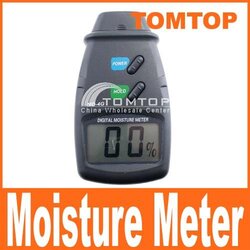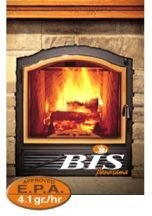I just installed a BIS Panorama (wood burning zero clearance stove) with gravity kit on an outside wall inside a chase. When we fired it up today with 6 logs of pine we didn't feel like we got the heat out that we were expecting. When we opened the door the flames really shot up, as if the air intake was too restricted, even with the air intake fully open.
We're only trying to heat up a space of about 1000 sq ft, but it doesn't seem capable of that at the current rate. We didn't quite get that "wow, now that is putting out a lot of heat" feeling when we had it fired up. Are our expectations out of line and/or how can we evaluate that everything is working properly?
Thanks for your input.
We're only trying to heat up a space of about 1000 sq ft, but it doesn't seem capable of that at the current rate. We didn't quite get that "wow, now that is putting out a lot of heat" feeling when we had it fired up. Are our expectations out of line and/or how can we evaluate that everything is working properly?
Thanks for your input.



